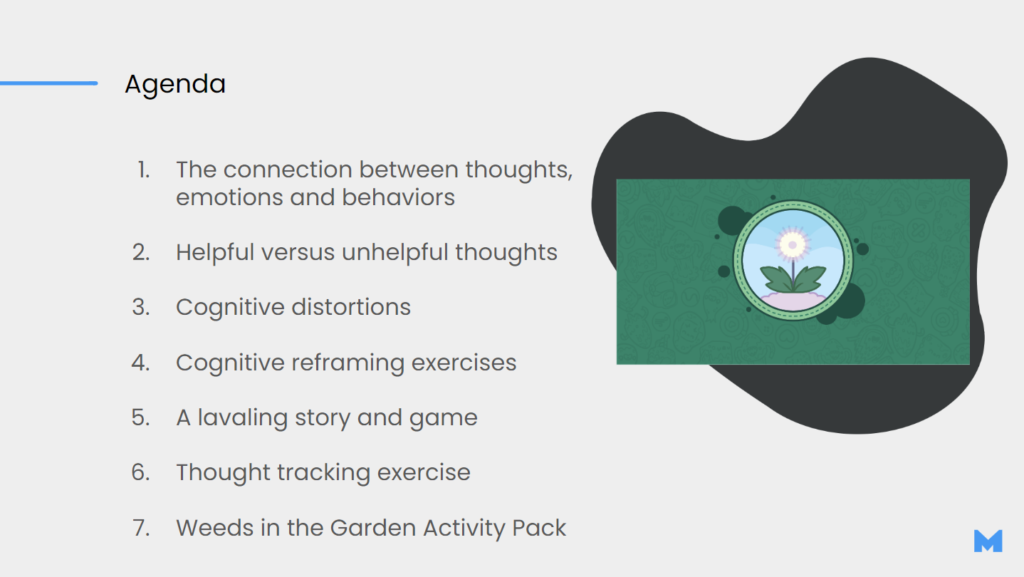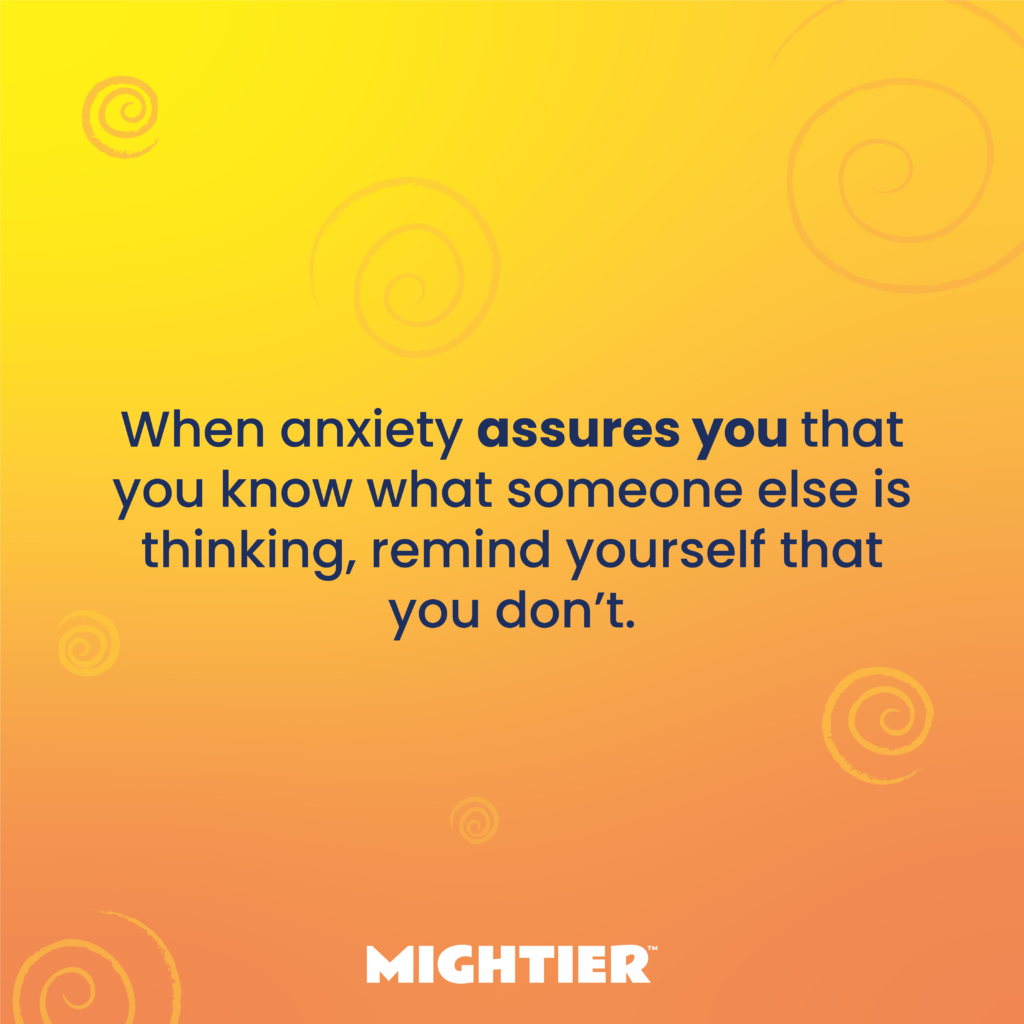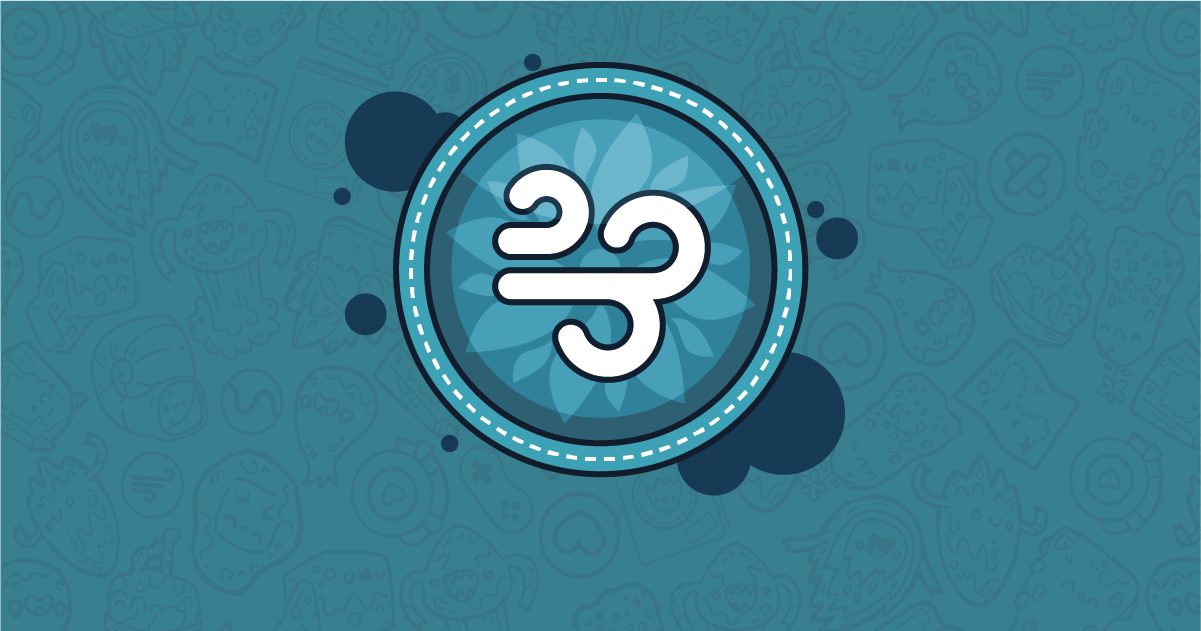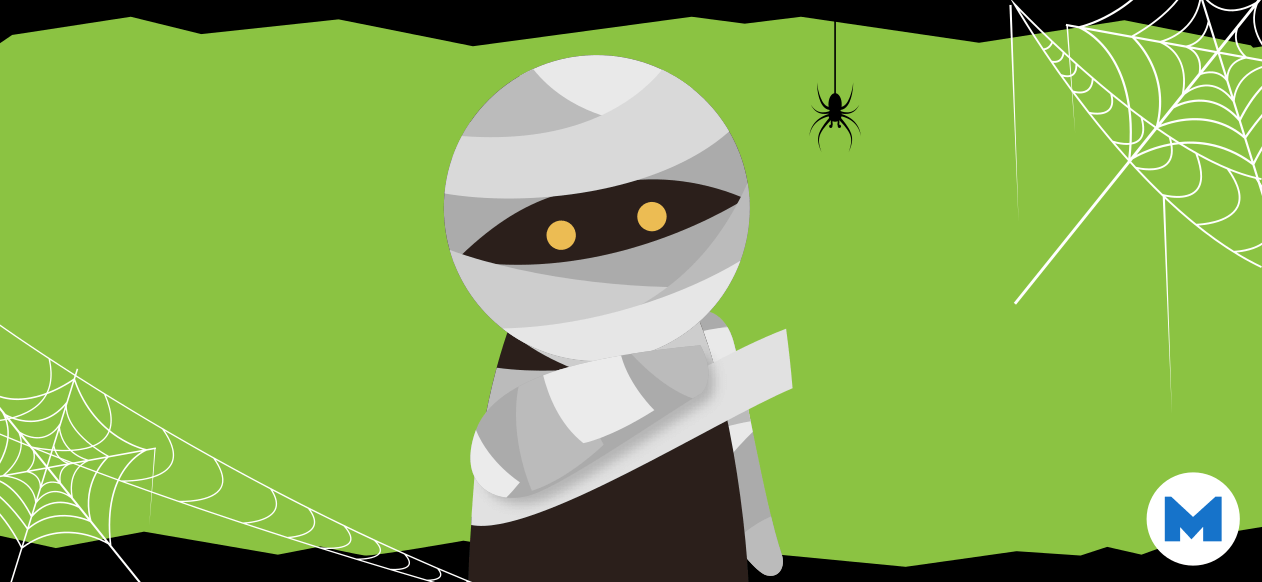Let’s play a game. First, think of a pink elephant… easy right? Next, clap your hands 3 times… no sweat. Now feel angry…? Feel sad? Happy?
Unlike thoughts and actions, emotions seem out of our control. We can’t just snap our fingers and super power ourselves into feeling differently… except, what if we can? What if we can use the things we can control to change the things we can’t?
Here’s an example. Imagine how your body feels when you’re angry or anxious. Your heart is racing, your breathing is fast, your muscles are tense. Now imagine how your body feels when you’re sad. You feel low energy, you may be lounging around, and you’re less active. In both cases your body and your thoughts are reacting to your emotions. But what if when you’re angry, you flip things around by taking deep breaths, relaxing your muscles, and slowing your heart rate. What if when you’re sad, you get up and move or reach out to a friend. These actions change the way your body feels, and in turn change how you are feeling emotionally! We call these kinds of actions coping skills, skills that help in situations where emotions can feel overpowering.
Check out these printable activities and coping skill bookmarks from our Coping Badge Skill Pack that make coping skill exploration fun and easily accessible for kids:
Here’s a list of coping skills used in Cognitive Behavioral Therapy, along with what they are, why they work, and when to put them into action.
Identifying Negative Thoughts

- What it is: Identifying negative thoughts is exactly what it sounds like. It’s catching yourself in a thinking pattern that either isn’t helpful to you, isn’t rational or realistic, or is negatively impacting your ability to think clearly or make choices. In therapeutic settings we would call these Cognitive Distortions.
- Why it works: You have thoughts all day long – It’s cold, I want pizza for dinner, What time is it? Where did I leave my bag? You have positive thoughts – I can’t wait to tell my friends about this! And negative thoughts – This sucks, I hate this assignment. Sometimes you have thoughts because you’re happy – Wow, everyone is so great – and sometimes you have thoughts that make you happy – We have the day off! Sometimes you have thoughts because you’re worried – I can’t do this – and sometimes you have thoughts that make you worried – This is hard, what if I fail? Thoughts are powerful! They are not the same as feelings, but they sure are closely tied to how we feel. Calling attention and awareness to your thinking patterns (I tend to think negatively, I’m stuck in a certain way of thinking right now), or to the specific negatively biased thought you are having in any given moment can help you gain some separation from that thought and view it more objectively.
- When to use: When you notice yourself feeling angry, anxious, sad, or any variation of those emotions, take note of the thoughts running through your head. Write them down even to give yourself a more objective view of those thoughts that are impacting your emotional state.
- Check out our webinar on Kids and Cognitive Distortions to gain a deeper understanding of cognitive distortions, and learn tools and strategies to help your child better manage unhelpful thinking patterns.

Cognitive Restructuring

- What it is: After you’ve noticed that you’re having a negative or unhelpful thought, the next step is to reframe or change that thought. At Mightier we call these “de-weeding tools.” For example, if your thought is, “I know those people are laughing at me,” leading you to feel embarrassed or angry, reframing that thought would be the process of challenging it – “Wait, what evidence do I have that they are laughing at me? What are some other possibilities for why they are laughing?”
- Why it works: Since our thoughts, emotions and behaviors are so closely linked, it makes sense that negative thoughts lead to more negative emotions, as well as to certain choices and behaviors in-line with those emotions. When you challenge and reframe the negative thought, it gives you a more realistic and rational perspective on a situation, alters the emotion you are experiencing, and therefore helps you make choices and take actions that are also more helpful to you.
- When to use: Next time you notice yourself having a negative or unhelpful thought (I’ll never succeed, no one wants me here, etc.) catch yourself, challenge the thought, and try to come up with alternative ways of interpreting the situation.
- Learn more about Cognitive Restructuring for kids, or download our activity sheet below.
Physical Relaxation Strategies
- What it is: Physical relaxation strategies directly address the physical and physiological experience of tension in our bodies that comes with emotions like stress, anger, and anxiety. Here’s an example of Progressive Muscle Relaxation. Clench your fists for 5 seconds, then relax them. Next tighten the muscles in your arms for 5 seconds, then relax them. Finally scrunch up the muscles in your shoulders for 5 seconds, then relax them.
- Why it works: Some emotions trigger our automatic fight or flight response. In this mode, the body prepares for movement by enacting certain physiological changes (increased heart rate, muscle tension, shallow breathing), while also making it more difficult to think and communicate clearly (because those things are less important when the priority is safety through movement). Relaxation strategies are physical approaches, like tensing and relaxing various muscle groups, that help the body relax and ease out of fight or flight.
- When to use: Next time you feel that tension in your shoulders, notice that your jaw is clenched, or or feel like your body is full of energy that needs to be released, try Progressive Muscle Relaxation to help your body feel calmer.
- Check out how Mightier uses interactive gameplay experiences to get kids to practice Progressive Muscle Relaxation.

Deep breathing (Diaphragmatic Breathing)
- What is is: Deep breathing is not our normal breathing. It is the process of breathing slowly, intentionally, and deeply. With deep breathing you bring your breath all the way into your belly, rather than hold it in your chest. Breathe in slowly through your nose, filling your belly like a balloon. Hold that breath for a few seconds, then release that breath out slowly through your mouth. Repeat this pattern for a few minutes until you feel calmer.
- Why it works: Our breathing patterns change with our emotions. Shallow, upper-chest breathing occurs when we’re stressed. Slow, deep, “belly” breathing stimulates the Vagus Nerve which helps activate your relaxation response, lower your heart rate and calm you down. Take slow, deep belly breaths to calm your nervous system and let your body relax.
- When to use: Feeling a bit nervous or overwhelmed? Take a few deep belly breaths! Feeling angry and can’t think straight? Deep belly breaths can help. You can practice deep belly breathing anytime, anywhere, to help yourself feel a bit calmer.
- Check out how Mightier uses interactive gameplay experiences to get kids to practice deep breathing.

Behavioral Activation
- What it is: Get up, get moving, and get social. Behavioral activation is the act of engaging in positive, enjoyable, or energy-enhancing activities to boost your mood. Take note of the things that you find enjoyable and the activities that leave you with a more positive mood and mindset. Then, when you’re feeling low-energy, sad or worried, engage in one of those activities you know will give you a boost.
- Why it works: Depression, sadness, and anxiety can leave us feeling low-energy or “stuck.” This is the direct impact those emotions have on our bodies and energy state. Engaging in positive, enjoyable, or energy-enhancing activities can automatically boost your mood.
- When to use: Emotions have inertia. Next time you’re laying on the couch, feeling low-energy, and not wanting to engage with anyone, it’s probably going to feel pretty comfortable to stay in that state. But, if improving your mood is something you’re working on, try getting up and going for a short walk, or calling a friend or family member to talk. Try changing your location or doing something small that you know brings you joy.
Playing Mightier Builds Coping Skills
- What it is: Mightier is a clinically validated biofeedback program that gets kids to practice coping skills and build stronger emotional regulation abilities through play.
- Why it works: Mightier’s mechanism is that kids practice physiological calming by bringing their heart rate down over and over again as they play. As kids play Mightier, they wear a heart rate monitor and see their emotions in real time. They see that their heart rate goes up as they get frustrated or anxious, and they are encouraged to practice various coping and calming skills (deep breathing, progressive muscle relaxation, and mindful tracing) to bring their heart rate back down. Kids practice this while also attending to another task (their gameplay), letting their brain and body internalize this skill and develop the muscle memory to carry this improved emotional regulation ability into real life settings.
- When to use: Mightier’s family program is built for home, is easily accessible, and can be played wherever kids are.



















